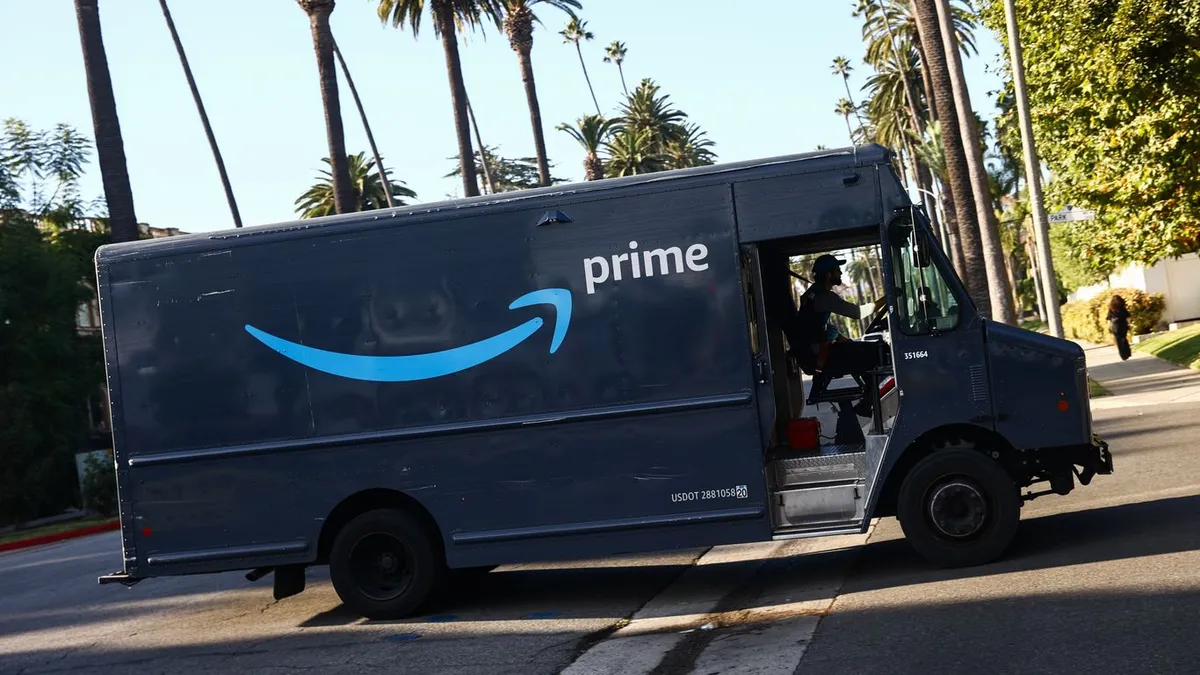
The White House has recently expressed strong disapproval of Amazon's plans to publicly display the costs associated with tariffs on its products. This move has been labeled as a "hostile and political act" by administration officials, who argue that it unfairly places the burden of tariff costs on consumers and distorts the realities of trade relations.
Reports suggest that Amazon intends to prominently feature the cost of tariffs on its product pages, a decision that has drawn ire from the White House. Officials believe this action could mislead customers regarding the true origins of price increases, particularly in the context of ongoing trade negotiations and the economic landscape shaped by recent tariff policies.
The White House has accused Amazon of engaging in a politically charged tactic that could exacerbate tensions surrounding international trade policies. Spokespersons have emphasized that highlighting tariff costs in this manner serves no constructive purpose and could potentially undermine consumer trust in the marketplace.
This controversy raises significant questions about how tariffs and trade policies are communicated to consumers. The White House argues that transparency is crucial, but the method chosen by Amazon to inform customers about tariff impacts may not be the best approach. Retailers and consumers alike are watching closely, as this situation could influence purchasing behavior and perceptions of product pricing.
As the situation unfolds, the White House continues to assert that Amazon's initiative is not just a matter of business strategy, but one that intersects with broader economic and political themes. The implications of this decision could have lasting effects on how companies disclose pricing structures influenced by tariffs, ultimately shaping the relationship between consumers, retailers, and government policies.